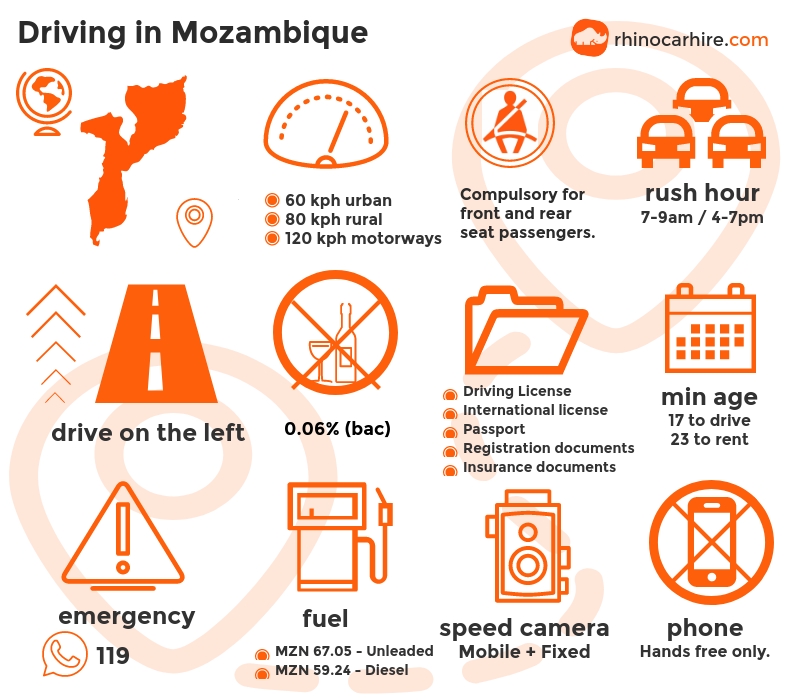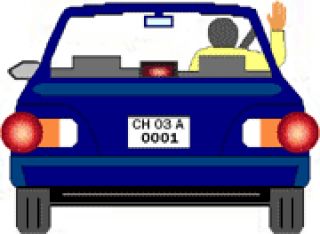

Remember to follow best practices in the event that you do get pulled over while on your motorcycle. Use caution and respect all laws when riding your motorcycle. Keep our communities’ police officers and other first responders safe. Police Ahead: Let your fellow riders know about police activity up the road by patting the top of your helmet with your left palm. The pull off signal is given when the reason for the stop is something other than a comfort or refreshment stop. Pull Off: Indicate to the rest of the group to pull off of the highway, either immediately or at the next exit.


Use this signal to let another rider know he left his blinker on, allowing him to save face during the next comfort or refreshment stop. Turn Signal On: To make a “blinking” gesture using your left hand, alternate between extending your fingers and making a fist. Make a “thumbs up” with your left hand and gesture toward your mouth (or the front of your helmet) as though your thumb is a straw poking up out of a glass of water. Refreshment Stop: Indicate your intention to stop at a gas station or restaurant. Make this stop only when the road or shoulder is debris-free and there is ample room to pull over. Do not forget to include your index finger.Ĭomfort Stop: Poke your arm out to the left and shake your fist using short, up-and-down movements – as though shaking a can of paint.

In other words, pretend the riders behind you are asking “How many?” and then indicate the answer by gesturing with your left pointer finger.ĭouble File: Bend your left arm at the elbow and point to the sky with your index and middle fingers. Extend your left index finger and bend your arm up to the sky. Point with your right foot if the hazard is on the right. If the hazard is on the left, point with your left arm. The signal is different depending on whether the hazard is to the right or the left. Repeat this motion until the other rider understands. In one motion, point to their bike and then swing your arm forward. Start by pulling up alongside the rider you want to follow or lead. You Lead/Come:Also known as the “YOU! Follow me!” signal. Make the signal by extending your arm forward at the shoulder with your palm facing outward. Also used to segment a large group into a smaller group. Extend your arm and swing your palm down toward the road to tell everyone in the group to slow down.įollow Me: Used to announce a new, often self-appointed group leader. Slow Down: This signal is useful because motorcycles generate intense engine-braking forces, which do not activate the rear-facing brake light. Extend your arm and swing your palm in an upward direction to give the signal. Use it to tell the rest of the group to match your pace by increasing their speed. Experienced groups rely more on body language. Speed Up: Inexperienced groups will benefit most from this signal. Make the signal by bending your arm 90 degrees, keeping your palm open, and pointing your fingers down at the road. Stop: When the leader of the group makes the “stop” signal, it should cause a chain reaction going all the way back to the last rider in the group. Bend your elbow 90 degrees, then point your clenched fist at the sky to complete the signal. Use this signal to lead or to break from the group, depending on your status in the group (leading or following). Right turn: Let the group know you are turning right. Make the signal by extending your left arm straight out with your palm facing down. The signal can be used to break from or to lead the group, depending on whether you are leading or following.
#HAND SIGNALS FOR DRIVING TEST DRIVERS#
The signal should appear “L” shaped when viewed by the drivers behind you.Left turn: For letting the group know you are turning left. To signal a right turn, extend your left arm out of the left window and bend it at a 90-degree angle with the hand pointing upwards. Attempting to lean over to the right window would impair your control of the vehicle and view of the road ahead. Hand signal for right turnĪs you will only have safe access to the left window, both left and right turns must be signaled from this position. As a motorist, you must understand these signals. Without electronic signaling devices, cyclists must always rely on hand signals to communicate their intentions to other road users. It is possible that other drivers will use hand signals if their indicators are broken, though you are more likely to encounter cyclists using them. You will need to recognize other road user’s hand signals far more often than you will need to use them yourself. Most drivers assume that remembering hand signals will only be necessary in the unlikely event that their turn indicators fail, but this is not the case.


 0 kommentar(er)
0 kommentar(er)
